Looking for a list of acid loving plants to add to your garden?
You've come to the right place!
But first I need to answer a few questions that you may be having such as; what’s acid soil? How does it affect your plants’ growth, and how to tell if your garden soil is acidic or not before recommending suitable plants?
First and foremost, acid soil is one with a pH level below 7.0. These types of soils are common in areas with high rainfall, as they tend to form when rainwater leaches minerals out of the soil.
Acid soils can be difficult to garden in, as many plants prefer neutral or alkaline soils.
The pH determines the plants' ability to absorb nutrients from the soil hence affecting the plant's growth either negatively or positively depending on the plant’s pH requirements.
You can test your soil's pH level in different ways which include purchasing a soil testing kit from a gardening store, or you can send a sample of your soil to a laboratory for testing. You can also use a pH meter to test the pH level of your soil directly.
While there are various ways to modify your soil pH to meet your plant’s needs, it’s much easier to choose the plants that would perform well in either acid or alkaline soils.
In today’s blog post, I'll share a list of 21 acid loving plants, complete with pictures. So whether you're a gardening novice or an experienced green thumb, be sure to check out the list!
Let’s begin:
A Comprehensive List of 21 Acid Loving Plants
1. Azaleas (Rhododendron spp.)
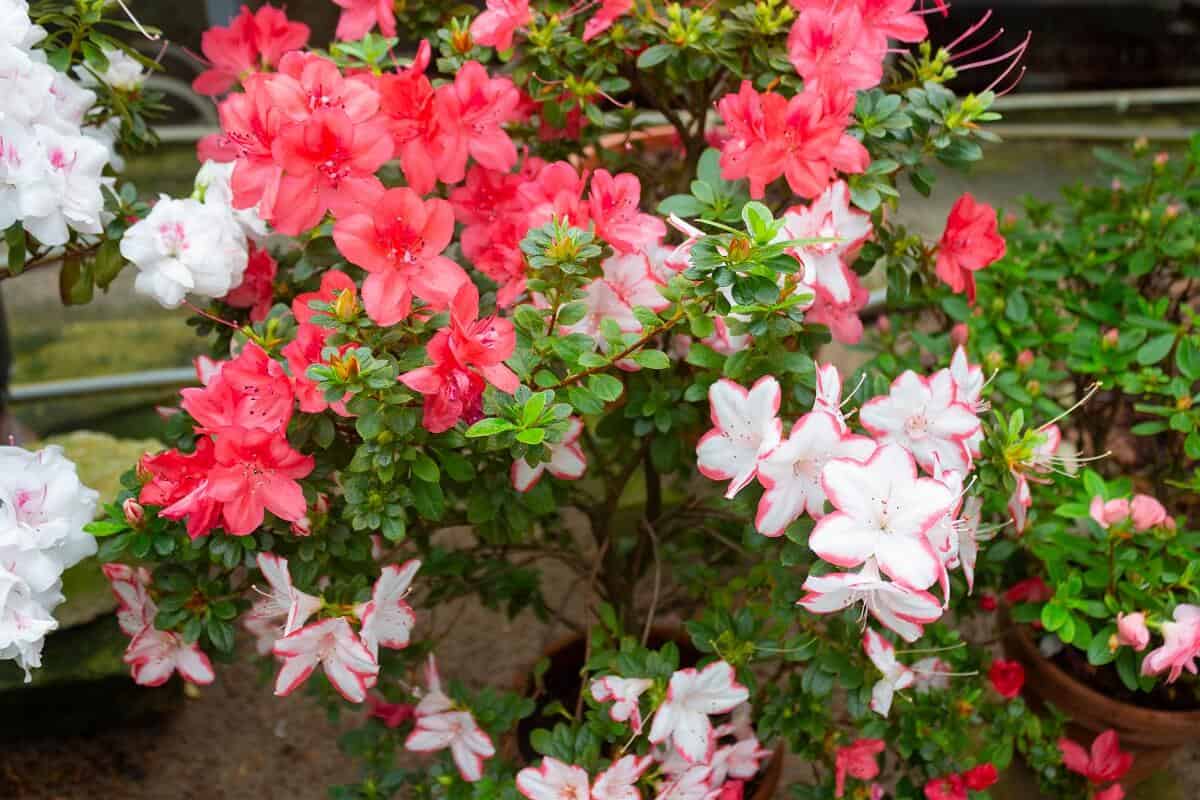
Azalea is a flowering shrub that belongs to the genus Rhododendron. There are over 10,000 species of azaleas, which are native to Asia, Europe, and North America. Azaleas are often grown in gardens for their beautiful flowers, which can be white, pink, purple, or red.
The ideal pH level for azaleas is between 5.5 and 6.5. This range is considered to be slightly acidic.
Azaleas prefer acid soils because they are native to areas with acidic soils, such as Asia. An acid soil helps to increase the availability of nutrients for azaleas, and it also helps to discourage the growth of weeds.
2. Rhododendrons (Rhododendron arboreum)

Image: Pixabay
Rhododendrons are a type of flowering plant that comes in a wide range of colors, including pink, purple, red, and white. They are native to Asia and North America and can be found in woodlands, forests, and mountains.
These plants prefer slightly acidic soil with a pH of 4.5 to 5.5.
Should you choose to grow Rhododendrons in your garden, you’ll appreciate them for their large and showy flowers.
3. Blueberry Plants (Vaccinium spp.)

Image: Flickr
The blueberry plant is a shrub that belongs to the heath family (Ericaceae). Just like all the species in this family blueberry plants can tolerate poor acidic soil. They grow best in acidic soils with a pH of 4.5 to 5.5
Besides, these plants are native to North America and can be found in the wild from Maine to Florida, and as far west as Michigan and Louisiana.
4. Begonias (Begonia spp.)

If you’re like most plant enthusiasts, then you own a begonia or they’re on your wish list. I know this for a fact because they’re one of my favorites – especially the wax begonia!
That aside, there are many different types of begonias, but they can broadly be classified into three main groups: tuberous begonias, rhizomatous begonias, and fibrous-rooted begonias.
All of these prefer slightly acidic soil to thrive with a pH of 5.4 to 6.4.
For the best results, plant your begonias in moist and well-drained soil. If your soil is heavy or clay-like, you may want to mix in some organic matter to help improve drainage.
5. Amaryllis (Hippeastrum spp./ Amaryllis spp.)

The Amaryllis is a member of the Amaryllidaceae family, which includes other popular flowers such as the daffodil and the onion and it’s native to South Africa.
These plants are prized for their exotic trumpet-shaped flowers born on 1 to 2-foot leafless stalks or scapes. They add dramatic color to homes and gardens and make wonderful gifts to gardeners from beginners to experts.
Ideal growing conditions include a well-drained, sterilized potting medium with a soil pH between 6.0 and 6.5. A mixture containing equal parts peat and perlite is excellent.
6. Bleeding Heart (Lamprocapnos spectabilis)
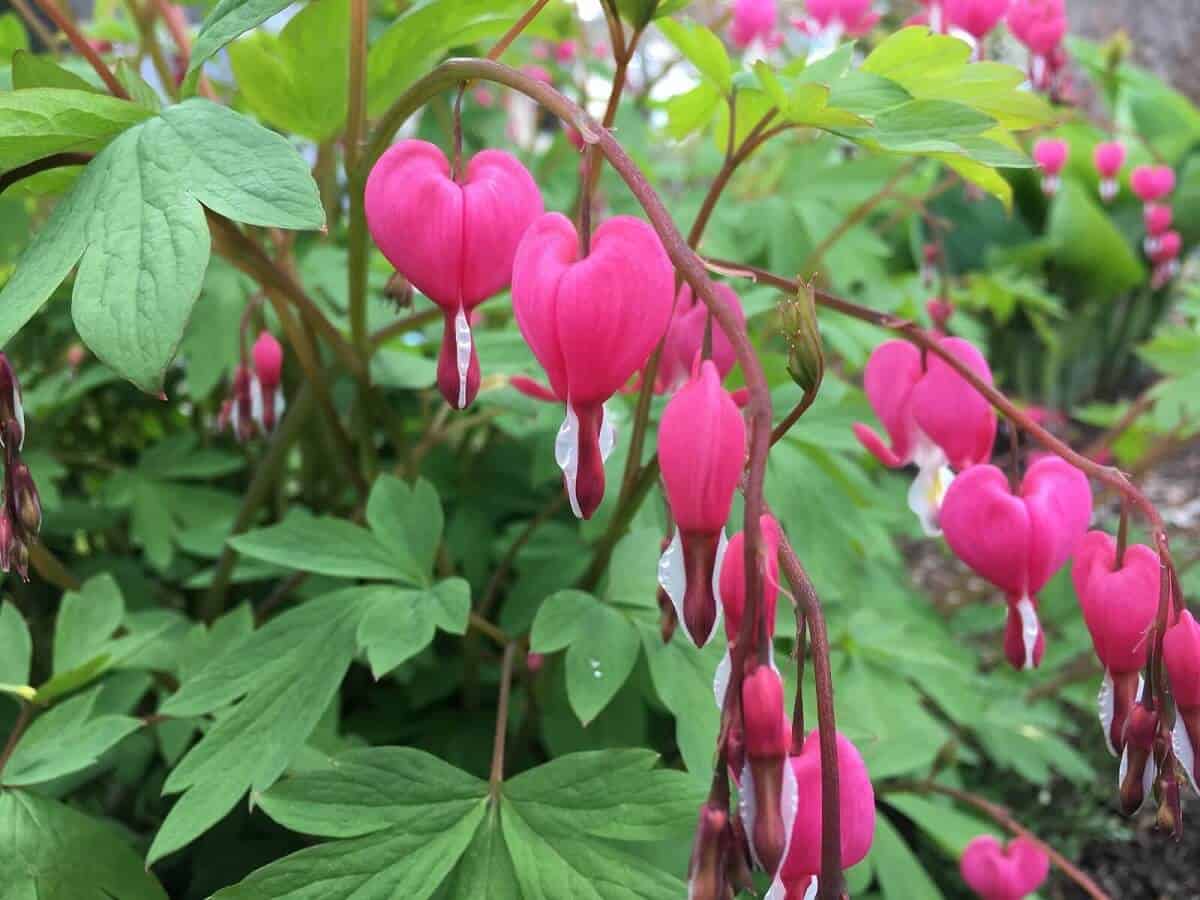
Also known as the Japanese bleeding heart, Lamprocapnos spectabilis is an erect shade flowering perennial herb that blooms in late spring to early summer. It’s a beautiful, delicate flower that thrives in moist, shady conditions.
The ideal soil pH for Bleeding Hearts is 6.0-6.5.
Bleeding Hearts are relatively easy to care for, but they do require regular watering and fertilizing. On the drawback side, they’re relatively susceptible to several pests and diseases, including slugs, aphids, and powdery mildew.
7. Oakleaf Hydrangea (Hydrangea quercifolia)
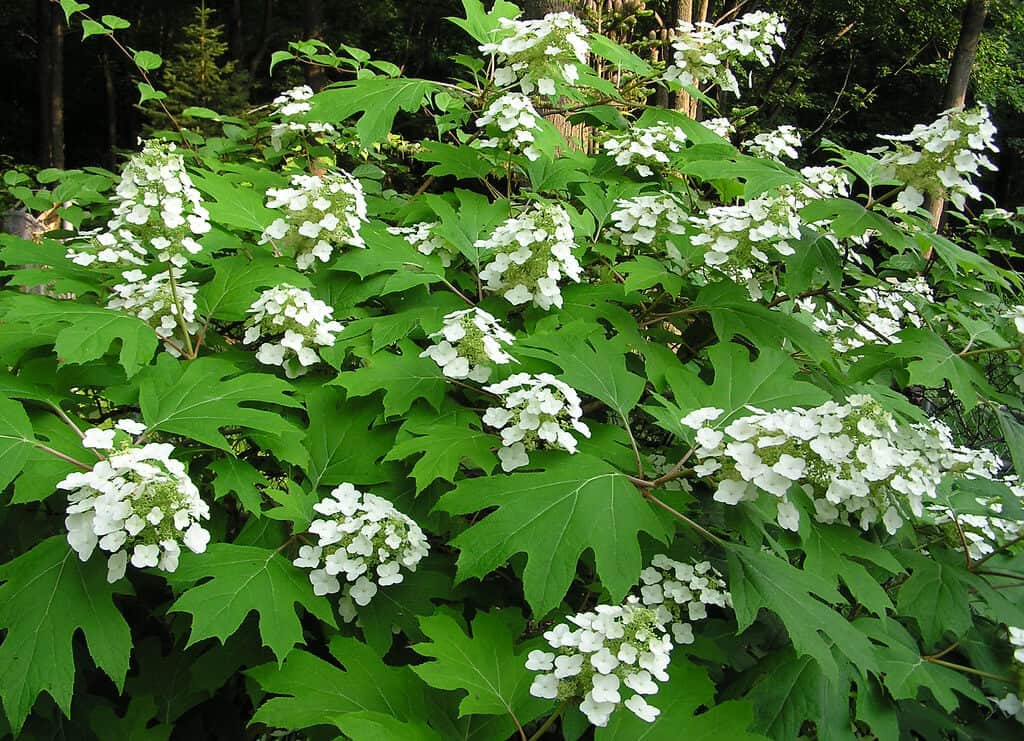
Image: Flickr
The Oakleaf Hydrangea is a deciduous shrub that is native to the southeastern United States. It gets its name from its large, oak-shaped leaves.
This type of hydrangea is a popular landscaping plant due to its showy flowers and attractive foliage.
It prefers consistently moist, well-drained soil supplemented with a good quantity of organic material like compost or manure.
The ideal pH for Oakleaf hydrangea is 5.0 – 6.5.
You should also learn how to save your hydrangea should any problems arise. Just check out the hyperlinked article.
8. Cranberries (Vaccinium subg. Oxycoccus)

Image: Wikimedia Commons
Cranberry plants are low-growing shrubs native to North America that produce small, red berries (fruits). They’re grown commercially for their berries, which are used to make juice, sauce, and other products.
However, you can also grow them for their ornamental value since their berries are sometimes used in holiday decorations.
If you want your cranberry plants to thrive, grow them in wet, acidic soils. In other words, Cranberries prefer low-pH soils (pH 4.5 - 5.5).
9. Blue Ageratum (Ageratum houstonianum)

Image: Thespruce.com
Ageratum is one of the few annuals with a true blue flower. The soft fuzzy flowers are dainty and feathery, often delightfully fragrant, and usually completely cover the plants.
The blue ageratum is an easy-to-grow plant that is perfect for adding color to your garden. It blooms from mid to late summer and produces clusters of small, blue flowers.
But most importantly, this plant is as drought tolerant as it can get.
The ideal soil pH for the Blue ageratum is between 5.8 and 6.5.
10. Holly Plant (Ilex spp.)
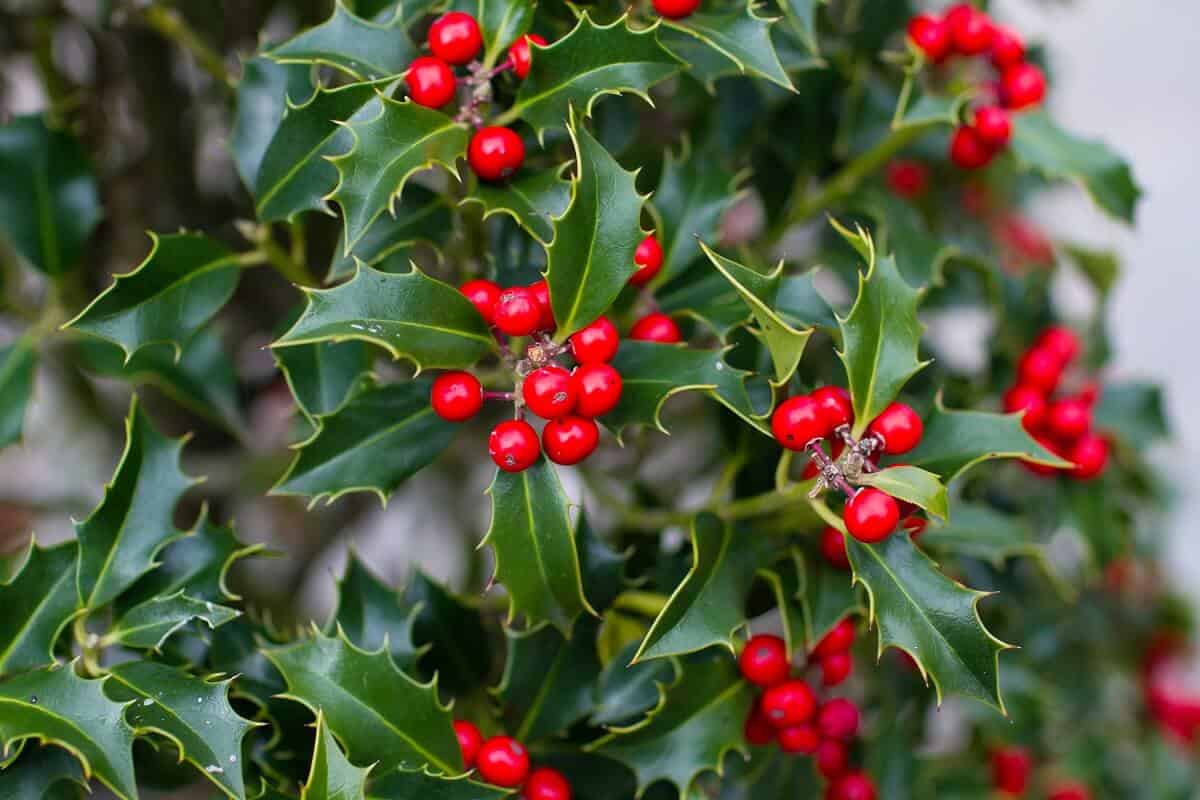
The Holly bush has attractive broadleaf evergreen foliage that has a conical-like shape.
Besides, the leaves are oblong, glossy, dark green, and have spiny margins. Small greenish-white flowers appear in spring but are generally inconspicuous.
Flowers give way to abundant amounts of berry-like bright red fruits which ripen in fall and persist into winter giving your garden an interesting splash of color.
As a bonus, you can use this small tree as a privacy screen for your home.
Grow the holly bushes in organically rich, slightly acidic (pH 5.0 – 6.0), medium moisture, well-drained soils in full sun to part shade for the best results.
11. Aster (Aster spp.)

Image: Wikimedia Commons
Aster is a genus of flowering plants in the family Asteraceae and is native to many parts of the world, including Europe, Asia, North America, and Australia.
These are popular garden plants due to their gorgeous blooms, and many cultivars have been developed for use in landscaping.
Asters are relatively easy to grow from seed, and they will often self-seed in the garden. While they’re not finicky they do appreciate loamy, slightly acidic soil, with a pH ranging from 5.8 to 6.5.
12. Butterfly Bush (Buddleia davidii)

The butterfly bush is a deciduous shrub with an arching habit and impressive flowers.
In colder regions, it grows more like a perennial, dying back to the root crown each winter and reappearing in spring. With rather coarse leaves and striking flower spikes that are fragrant and attract pollinators.
While the plant is a beauty in the garden and almost indestructible, it’s considered invasive in some regions. Be sure to check with your local authorities before planting.
Nonetheless, it’s very easy to propagate, grow and care for this plant as long as the soil is acidic with a pH of 5.7 – 6.8.
13. Camellias (Camellia spp.)
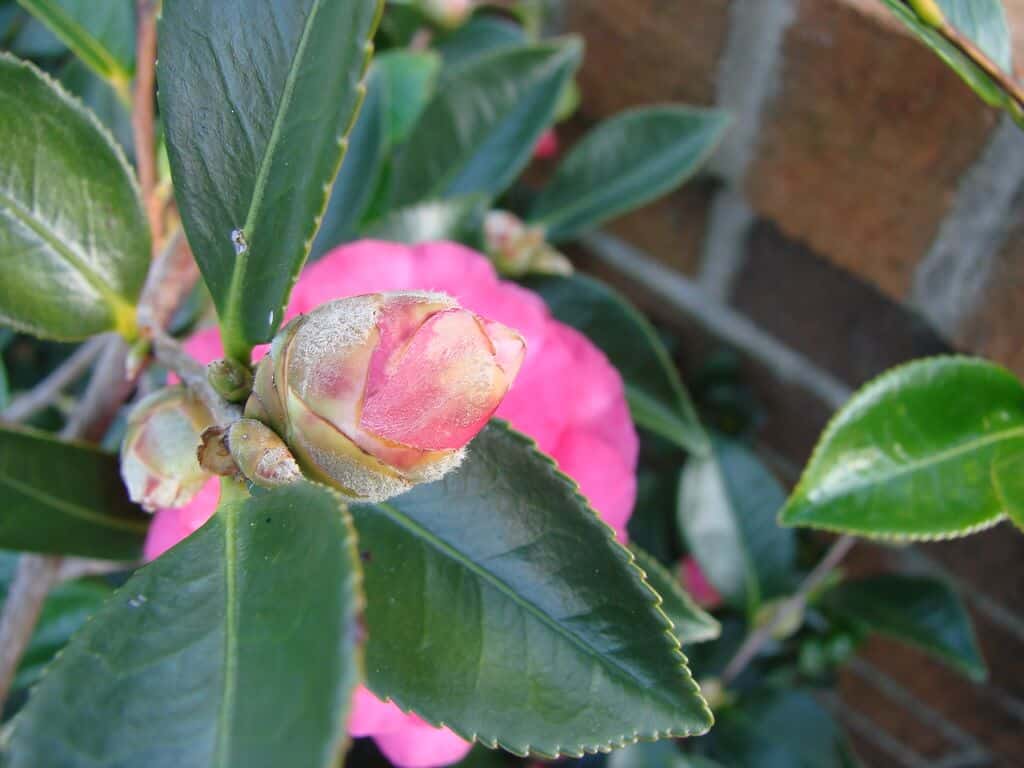
Image: Flickr
Camellias are flowering plants in the genus Camellia. They are native to eastern and southern Asia, from the Himalayas east to Japan and Indonesia
There are over 3,000 varieties of camellia. They are grown for their ornamental flowers, which can be white, pink, red, or yellow
Camellias can be grown in a variety of soil types, but they prefer acidic soils with a pH between 5.5 and 6.5. In addition, they require moderate amounts of water and you should water them regularly to prevent the soil from becoming too dry.
14. Bottlebrush Shrub (Callistemon citrinus)

Bottlebrush shrub is one of the most popular acid loving plants. It’s a type of flowering shrub that is native to Australia.
The shrub gets its name from its brush-like flowers, which are typically red, white, or pink.
These shrubs are relatively easy to care for and can be grown in a variety of climates where they can be used for privacy hedges or topiaries.
The ideal soil pH for an optimum growing bottlebrush is 5.7 and 7.0.
15. Magnolia Plant (Magnolia grandiflora)

Image: Flickr
The magnolia plant is a beautiful flowering plant that is native to the southeastern United States.
This evergreen broadleaved tree can grow to be quite large, with some specimens reaching heights of over 20 feet. The magnolia plant has large, glossy green leaves and large white or pink flowers that bloom in the springtime.
The plant gets its name from the French botanist Pierre Magnol.
The magnolia plant prefers acidic soils with a pH of 6.0 to 7.0. The soil should also be well-drained and rich in organic matter. Magnolia plants will not tolerate wet or soggy soils.
16. Caladiums (Caladium spp)
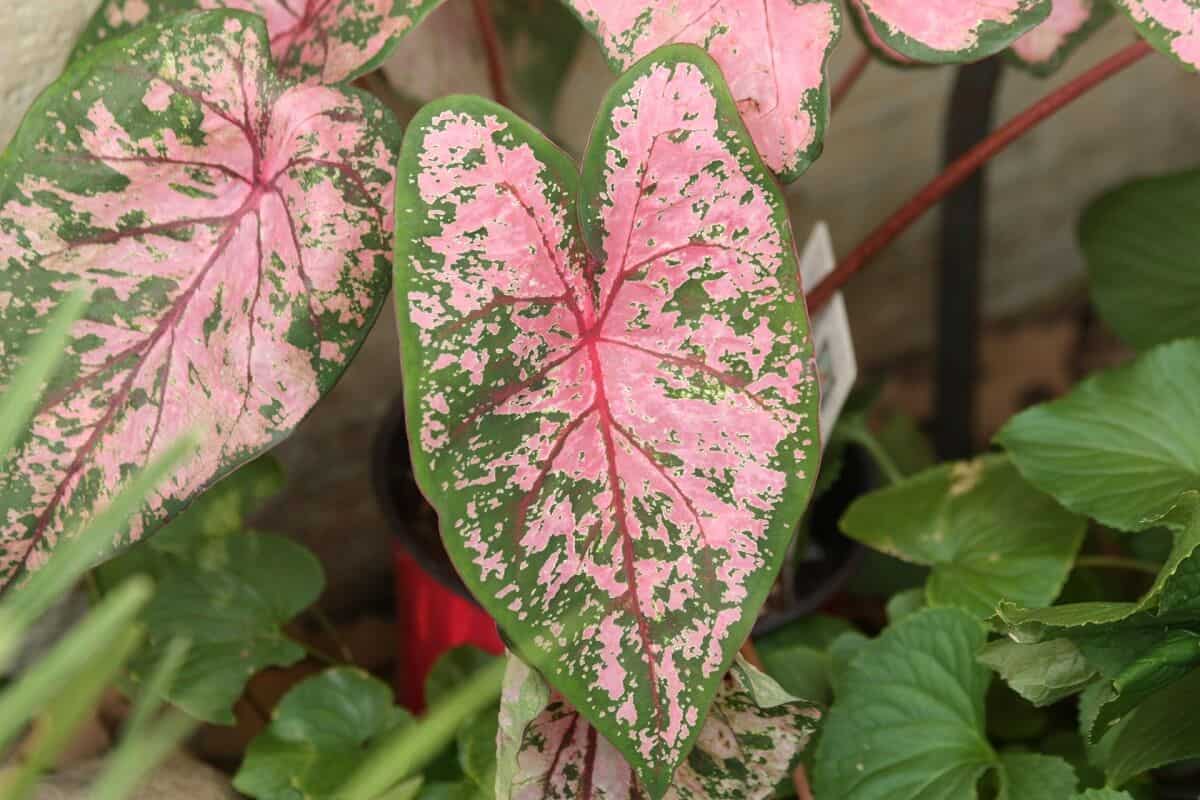
Caladium plants are tropical plants that are native to South America. They are grown for their colorful leaves, which come in a variety of colors including white, green, pink, and red.
These plants prefer warm climates and will not tolerate frost. They are typically grown as annuals, although they can be overwintered indoors in cooler climates.
Caladiums prefer rich, well-draining soil with a pH of 6.0 to 7.0. They will also need some organic matter added to the soil to help retain moisture.
17. Andromeda Plant (Andromeda spp.)

Image: Gardening Know How
These acid loving plants are a type of shrub that is native to North America. However, some species such as Andromeda japonica are native to Japan in Asia. The plants are characterized by their small, round leaves and clusters of pink or white flowers.
Andromeda plants typically grow to be between 2 and 4 feet tall. They are deer and rabbit-resistant. Besides the plants prefer to grow in moist, well-drained soil in full sun to partial shade.
The shrubs thrive in slightly acidic soil of 5.5 to 6.5.
One potential drawback of growing Andromeda plants is that they can become invasive if you don’t manage them properly. The seeds can spread easily, and the plant can quickly take over an area if it is not kept in check.
Pro Tip: Be sure to check with your local authorities before embarking on growing these plants.
18. Dogwood Plant (Cornus spp.)
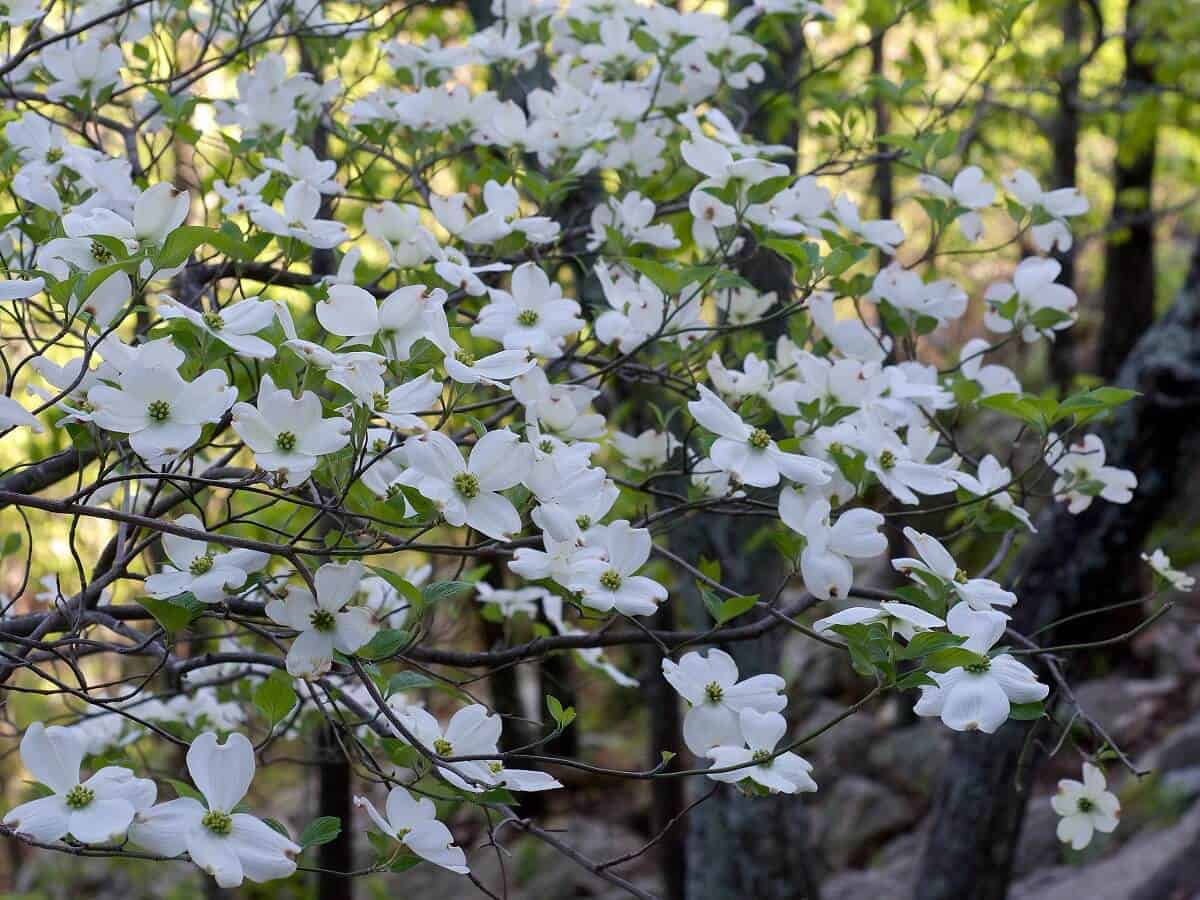
Image: Wikimedia Commons
The flowering dogwood (Cornus florida) is the species most people think of when the word dogwood is mentioned. But there are several other species to choose from and even better grow together.
The plant gets its name from the shape of its flowers, which resemble a dog's head.
Dogwoods prefer moist, well-drained, acidic (5.5 to 6.0 pH) soil that is high in organic matter.
19. Heath (Erica carnea)

Image: NC Extension Gardener
Previously known as Erica herbacea is a low-growing evergreen shrub or groundcover that is attractive year-round. The plant prefers sandy, acidic (a soil pH of 4.5-5.5.), and well-drained soil.
Heath plant forms a dense mat over time and makes an excellent choice for slopes groundcovers.
Conclusion
Don't let soil pH get you down ever again!
If your area has lower soil pH, there are plenty of options for plants that will love your garden just the way it is.
In today's article, I’ve shared a list of 19 acid loving plants, complete with descriptions and growing tips.
And if you're not sure about the status of your soil, don't worry. There are various ways to test it as outlined in the post so you can be confident in your plant selection.
Be sure to comment and let me know which of the 19 acid loving plants is your favorite!
